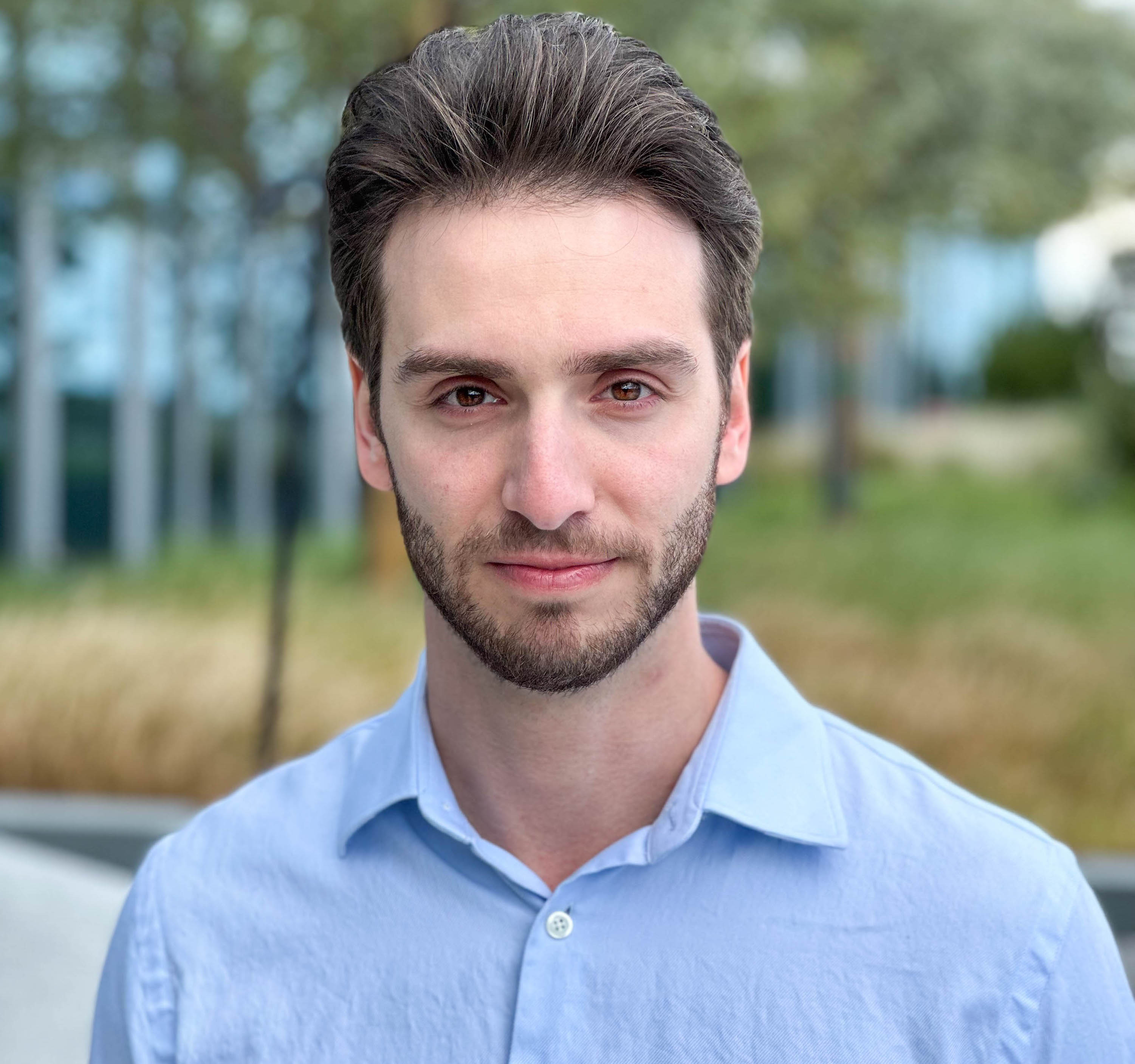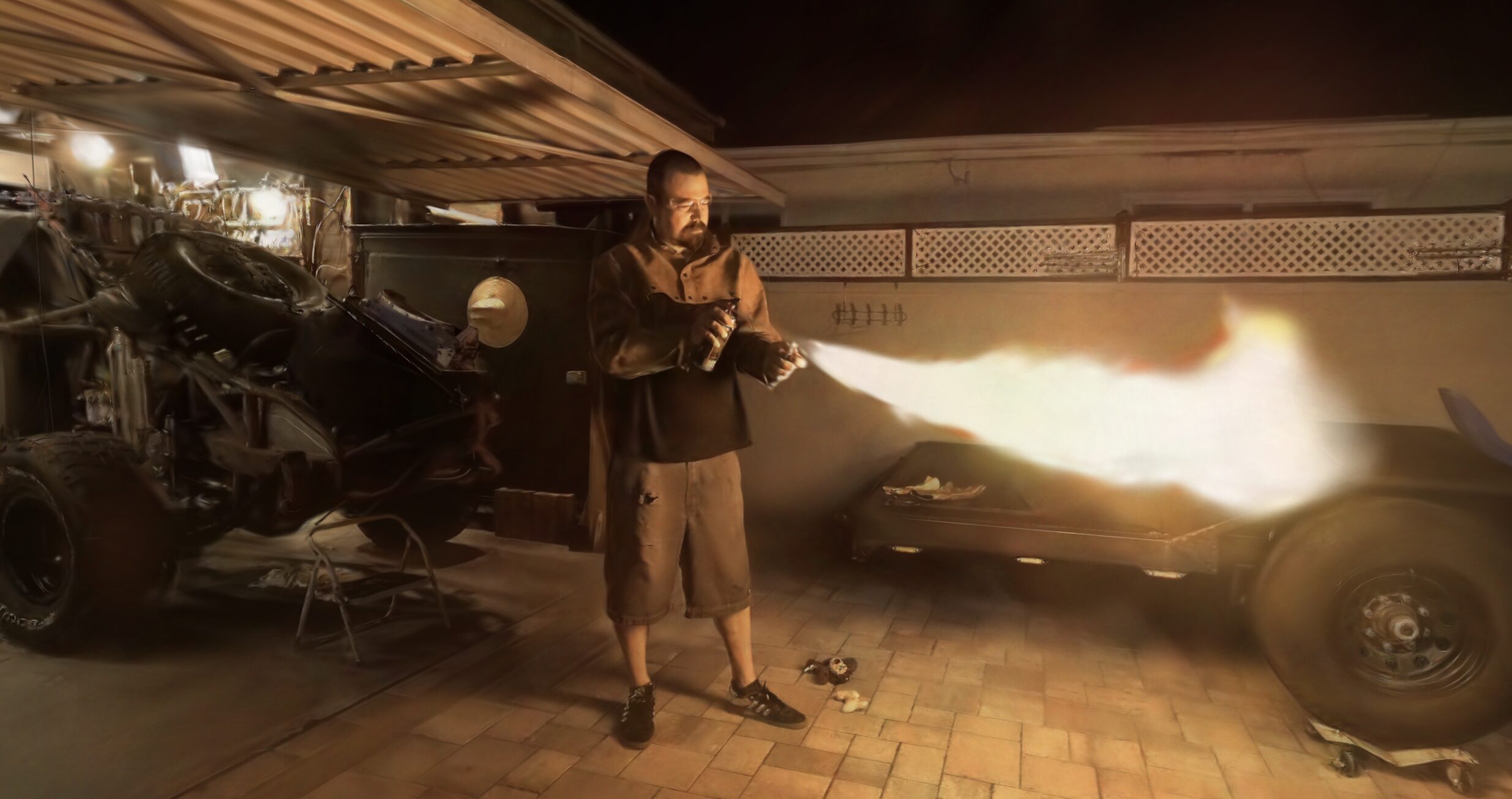There have been two recurring questions that researchers have been working towards: stronger outputs with less data and speed. COLMAP is usually unreliable and fragile under sparse-view settings with insufficient matched features. InstantSplat is addressing both of those, with results with as few as three images. Don't blink because InstantSplat is training Gaussian Splatting in under a minute.
This framework combines a refinement of strengths of 3D Gaussian Splatting with the recently announced DUSt3R. Even though DUSt3R came out only recently, it was put to good use allowing InstantSplat to bypass the need for pre-computed camera intrinsics and extrinsics that Structure from Motion typically requires.
There are two main pieces that make InstantSplat run as fast as it does. InstantSplat is comprised of a Coarse Geometric Initialization (CGI) module and a Fast 3D-Gaussian Optimization (F-3DGO) module.
The Coarse Geometric Initialization module swiftly establishes a preliminary structure of the scene alongside camera parameters across all views, in less than 20 seconds. It achieves this by utilizing globally-aligned 3D point maps derived from the pre-trained dense stereo model, DUSt3R.
Following the initial scene and camera parameter establishment through Coarse Geometric Initialization, InstantSplat transitions into the Fast 3D-Gaussian Optimization phase. This step is crucial for refining the attributes of the 3D Gaussians, which are essential for rendering the scene accurately. What sets the Fast 3D-Gaussian Optimization apart is its ability to jointly optimize the 3D Gaussian attributes and the initialized poses with pose regularization, ensuring that the final scene representation is both precise and aligned with the actual camera poses.
They also jointly optimizing poses and attributes simultaneously of camera extrinsics and a 3D model using a sparse set of training views. The camera parameters are modular with the Gaussian attributes. Further a constraint is introduced to ensure that the optimized poses do not deviate excessively from their initial positions. This results in more accurate poses and also closer to the original extrinsics.
One of the ways they're accomplishing this fast training time is only needing to train to roughly 1,000 steps, which is significantly lower than some of the other implementations we've historically seen. For instance, the original Gaussian Splatting trains from 7,000 to 30,000 steps. In this phase, completion can be attained in less than 20 seconds owing to the disabling of Adaptive Density Control. This is feasible because the initialized aligned point cloud possesses adequate representative capability. Consequently, only the Gaussian and Camera parameters require minor adjustments.
InstantSplat specifically tackles datasets with sparse input datasets, going all the way down to just 12 views of unbounded large-scale scenes, but still results in high fidelity reconstruction.
Part of why DUSt3R is so exciting is the little number of input photos it needs to work, and can provide reasonable geometric initialization. The 3DGS can be performed as global aligner using photometric signals. That seems to be extended to InstantSplat where even with just few views, its churning out PSNRs of just underneath 25. It should be noted that to my understanding, DUSt3R was not trained with human based data, so I'm not entirely sure how that would translate based on your subject, but that doesn't seem like a large hurdle to overcome.

How this time scales for larger datasets will remain to be seen, but given that the researchers were able to make each step more efficient seems like a promising future for the refinement of Gaussian Splatting. The speed floor for Gaussians was also already quite high, but it seems like there are still several improvements that can be made!
While they train on a A100, I doubt that the method would require such a robust set up. For those interested in delving deeper into the workings and implications of InstantSplat, the project's publication and resources are available at instantsplat.github.io. The code has not been released yet, but the project page does list it as releasing soon.
More from Michael Rubloff













